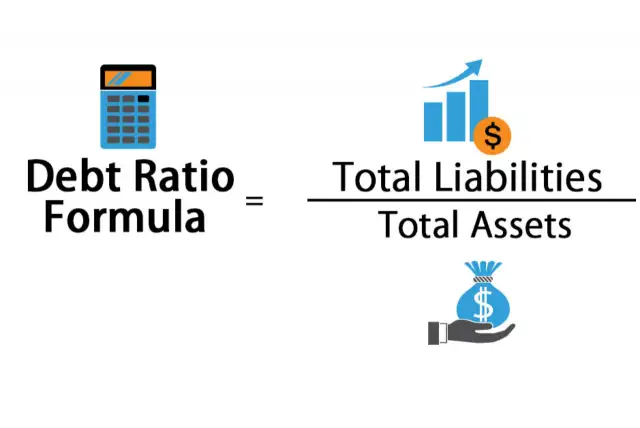If you’re thinking of applying for a personal loan, car finance, or credit card in the UAE, one of the first things banks will check is your Debt Burden Ratio (DBR). This percentage shows how much of your monthly income is already tied up in paying debts.
The UAE Central Bank has strict rules: your DBR cannot exceed 50% of your monthly income. That means if you’re already repaying too much each month, your loan or credit card application will be rejected automatically.
This guide explains what DBR is, how to calculate it, and how to use a simple DBR calculator to see if you can really afford a new loan.
What is DBR (Debt Burden Ratio)?
The Debt Burden Ratio is the percentage of your income that goes toward repaying existing loans and credit cards.
- Formula:
DBR=Total monthly debt repaymentsGross monthly income×100DBR = \frac{\text{Total monthly debt repayments}}{\text{Gross monthly income}} \times 100DBR=Gross monthly incomeTotal monthly debt repayments×100 - UAE Rule: Your DBR must be ≤ 50% for any new loan or credit card approval.
Example:
- Salary = AED 12,000 per month.
- Existing monthly loan + card payments = AED 5,000.
- DBR = (5,000 ÷ 12,000) × 100 = 41.6% → You qualify for more credit.
If DBR = 55%, you cannot legally be approved for new credit, no matter how high your credit score is.
Why DBR matters for loan approval
Banks in the UAE review two main factors before approving any credit:
- AECB Credit Score – shows how reliable you are in paying bills.
- DBR – shows if you can afford new debt based on your income.
Even with a perfect AECB score, you’ll be rejected if your DBR is over 50%.
How to calculate your DBR (step by step)
- List all monthly obligations:
- Loan installments (personal, car, home).
- Minimum credit card payments (usually 5% of balance).
- Any other fixed monthly repayments.
- Add them up → This is your total monthly debt repayment.
- Divide by your monthly income → Use your gross (before deductions) salary.
- Multiply by 100 → This gives your DBR %.
Quick Example:
- Salary = AED 8,000.
- Loan = AED 2,000.
- Credit card minimum payment = AED 600.
- DBR = (2,600 ÷ 8,000) × 100 = 32.5%.
This borrower still has space to apply for a new loan.
DBR calculator (Do It Yourself)
You can use this quick formula right now:
\text{DBR %} = \left( \frac{\text{Loan installments + Credit card minimums}}{\text{Monthly salary}} \right) \times 100
Or, use this checklist style calculator:
- Monthly income: ______ AED
- Personal loan: ______ AED
- Car loan: ______ AED
- Mortgage: ______ AED
- Credit card minimums: ______ AED
- Other monthly debts: ______ AED
Add all debts ÷ income × 100 = DBR%
👉 If result ≤ 50% → You may qualify.
👉 If result > 50% → You must reduce debt before applying.
Tips to Lower Your DBR and Improve Approval Chances
- Pay off existing loans faster to reduce your monthly obligations.
- Reduce credit card balances — paying in full lowers your minimum payment.
- Avoid new debt until your DBR falls below 50%.
- Consider debt consolidation to combine multiple loans into one with a lower monthly installment.
- Increase your income (side jobs, allowances) — higher income lowers your DBR percentage automatically.
The Bottom Line on DBR in the UAE
Before applying for a loan or credit card, always check your Debt Burden Ratio. It’s the simplest way to know if banks can legally approve your request.
- If your DBR is below 50% → You’re in a safe zone to apply.
- If it’s above 50% → Work on reducing debt or increasing income first.
By calculating your DBR in advance, you’ll avoid unnecessary rejections, protect your credit score, and borrow responsibly.

